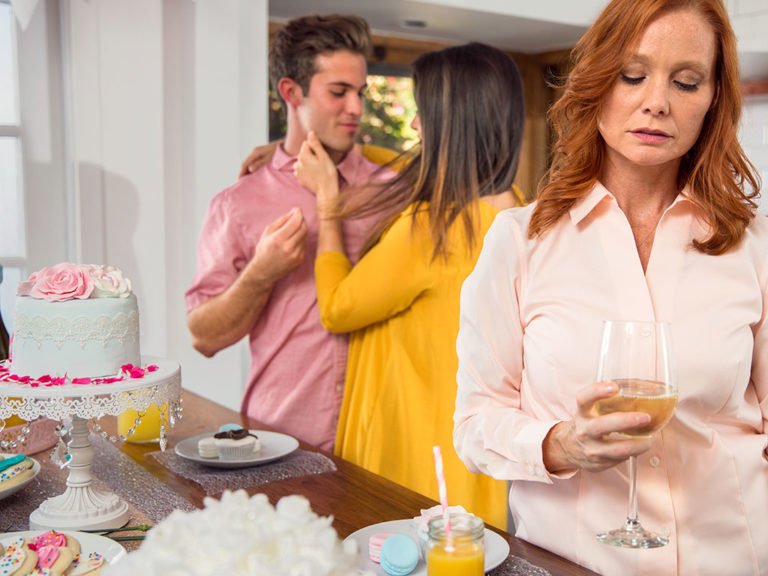It’s a question many want to avoid. Where is the line that separates casual drinking and a medical disorder? Some say if you want a drink you’re not an alcoholic, but if you need a drink then you are (an alcoholic). Others say, at first the man has a drink, and then the drink has a drink, and then the drink has the man.” However, those definitions are open to many interpretations. How can we subjectively quantify alcohol consumption?
Alcohol Becomes A Disorder In Stages
Alcohol affects each person differently, and not every person who has one drink wants another drink. We’ve all known people who have a drink on celebrations and never want one otherwise. Many people define themselves as social drinkers but that is a description that’s hard to define. When I took a history from a patient in my office I would spend a fair amount of time on the social history. This includes:
- Family history
- Work and military history
- Behavior history (what I call the drugs, sex and rock and roll history).
- How much do they smoke and drink?
- Do they use illegal drugs, etc.?
When a patient told me that they were a “social drinker” I would always follow with this question: well, how social are you? Some consider the yearly family celebrations (wedding, funerals, graduations, etc.) to be social while others consider every Friday night at the neighborhood watering hole to be social. Or every night.
A chemical addiction separates a drinker from an alcoholic, as do the reasons for drinking. According to the Journal of the American Medical Association roughly 50% of individuals with severe mental disorders are affected by substance abuse and 37 % of alcohol abusers and 53% of drug abusers also have at least one serious mental illness. Of all the people diagnosed as mentally ill, 29% abuse either alcohol or drugs.
Many get-togethers, both business and general social events, have the use of alcohol as part of the function. And there are a number of benefits that people obtain from social drinking.* First, alcohol is often described as a “social lubricant”. People tend to relax and open up as the alcohol helps them to feel less self-conscious. It also helps people unwind and forget responsibilities for a while.
One Sign Of A Disorder Is When Cutting Down Doesn’t Work
Often people have some awareness that they are drinking too much. They may have faced:
- DUIs
- Blackouts
- Risky behaviors
They resolve to drink less, but can’t cut down. Getting help can mean starting a 12 Step program, having an addiction professional provide treatment in patient or outpatient setting. A continuum of care can also include daily alcohol testing to make sure the disorder is in remission and to insure accountability.
Whatever the outcome, it’s best to know what you are facing. Any situation can be improved by recovery, so be brave and take this self-assessment written by the NCADD (National Council on Alcohol and Drug Dependence). Here are a sampling of the questions:
- Are you having black-outs?
- Are you avoiding others who aren’t drinkers?
- Have you tried to quit but find that you can’t?
- Are you drinking to cheer up (and avoid obvious depression)?
- Are you hiding your drinking? Putting it in your orange juice, or hiding it in your closet, etc.
- Do you have skin changes on your face such as a flushed appearance and broken capillaries around your nose?
- Do your hands tremble?
- Are you having problems with loved ones because of your drinking?
- If you don’t have a drink do you find yourself anxious, nauseated or have trouble going to sleep?
- Do you have a drink in the morning? “The hair of the dog.”
* Information sourced by: http://alcoholrehab.com/alcoholism/social-drinking-defined/





















